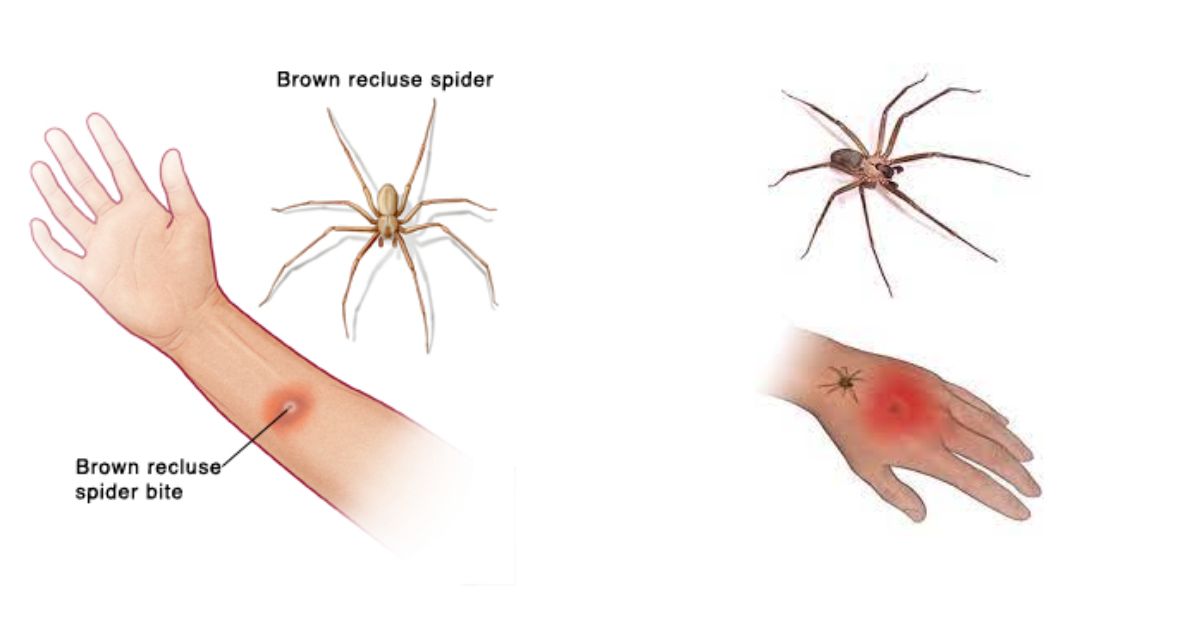In the realm of arachnids, one tiny eight-legged wonder never fails to captivate the curious observer – Phidippus johnsoni. These remarkable jumping spiders possess an allure that goes far beyond their minuscule size. Join us on a journey through the captivating world of Phidippus johnsoni, where we’ll explore their unique characteristics, behavior, habitat, and much more.
Scientific classification of Phidippus johnsoni.
| Kingdom | Animalia |
| Phylum | Arthropoda |
| Class | Arachnida |
| Order | Araneae |
| Family | Salticidae |
| Genus | Phidippus |
| Species | johnsoni |
A Glimpse into Phidippus Johnsoni’s World
Phidippus johnsoni, often referred to as Johnson’s jumping spider, is a species that stands out in the vast universe of arachnids. These petite yet astonishing creatures belong to the Salticidae family and are renowned for their incredible jumping abilities.
Appearance
Johnson’s jumping spiders are small, typically measuring between 5 to 13 millimeters in length. Their compact size, however, belies their striking appearance. They are adorned with vivid and intricate patterns, making them a visual delight for anyone lucky enough to spot one. The vibrant hues of black, white, and iridescent green on their bodies create a miniature masterpiece of nature.
Habitat
These tiny acrobats can be found in various habitats across North America. From lush forests to arid deserts, Phidippus johnsoni is remarkably adaptable. You might stumble upon them in your garden, as they are not uncommon visitors to suburban areas.
The Enigmatic Behavior of Phidippus Johnsoni
Phidippus johnsoni is not just a pretty face in the spider world; it possesses a repertoire of intriguing behaviors that make it a truly captivating subject of study.
Hunting Techniques
One of the most fascinating aspects of these jumping spiders is their hunting prowess. Unlike other spiders that rely on webs to catch prey, Jumping Spider is an active predator. They stalk their prey like skilled hunters, using their keen eyesight to spot potential meals.
Their large, forward-facing eyes provide exceptional vision, allowing them to accurately judge distances. When they decide to pounce, it’s a spectacle to behold. They can leap several times their body length, immobilizing their prey with a swift, venomous bite.
Communication
Communication in the world of Phidippus johnsoni is a mesmerizing dance of gestures and colors. These spiders are known for their intricate courtship rituals. Males, in an attempt to woo a potential mate, engage in an elaborate display that involves synchronized movements and vibrant color changes.
Life Cycle of Phidippus Johnsoni
Understanding the life cycle of Phidippus johnsoni adds another layer of fascination to these tiny arachnids.
Egg Stage
The life cycle begins when a female lays her eggs in a silken sac. She carefully guards this sac, ensuring the safety of her future offspring. These sacs can often be found attached to leaves or other surfaces in the spider’s habitat.
Juvenile Stage
Once the eggs hatch, tiny spiderlings emerge. At this stage, they are vulnerable and entirely dependent on their mother’s protection and care. As they grow, they shed their exoskeletons, gradually developing into mature spiders.
Adult Stage
Upon reaching adulthood, Phidippus johnsoni takes on its distinctive appearance and behaviors. It’s during this stage that they actively engage in hunting and reproduction.
Phidippus Johnsoni: A Beneficial Presence
While the thought of spiders might send shivers down the spines of some, Phidippus johnsoni plays a crucial role in maintaining ecological balance.
Natural Pest Control
These agile hunters help control insect populations in their habitats. By preying on a variety of insects, including pests that can damage crops or gardens, they serve as a natural form of pest control.
Conservation Efforts
Despite their valuable contributions to ecosystems, Phidippus johnsoni, like many other species, faces threats to its survival. Habitat loss due to urban development and the use of pesticides are some of the challenges these spiders encounter. Conservation efforts are vital to ensure their continued existence.
Related Posts:
The Intricate Web of Phidippus Johnsoni’s Importance
In the grand tapestry of life on Earth, every species, no matter how small, plays a unique role. Phidippus johnsoni, with its stunning appearance and intriguing behaviors, is a testament to the wonder of biodiversity. These remarkable spiders demonstrate that even the tiniest creatures can have a significant impact on their ecosystems.
Conclusion
In our exploration of Phidippus johnsoni, we’ve delved into the captivating world of these jumping spiders. From their striking appearance to their incredible hunting abilities and complex behaviors, they are a testament to the wonders of the natural world. As we continue to learn about and appreciate these fascinating creatures, let us also strive to protect their habitats and ensure their place in the intricate web of life on Earth.




